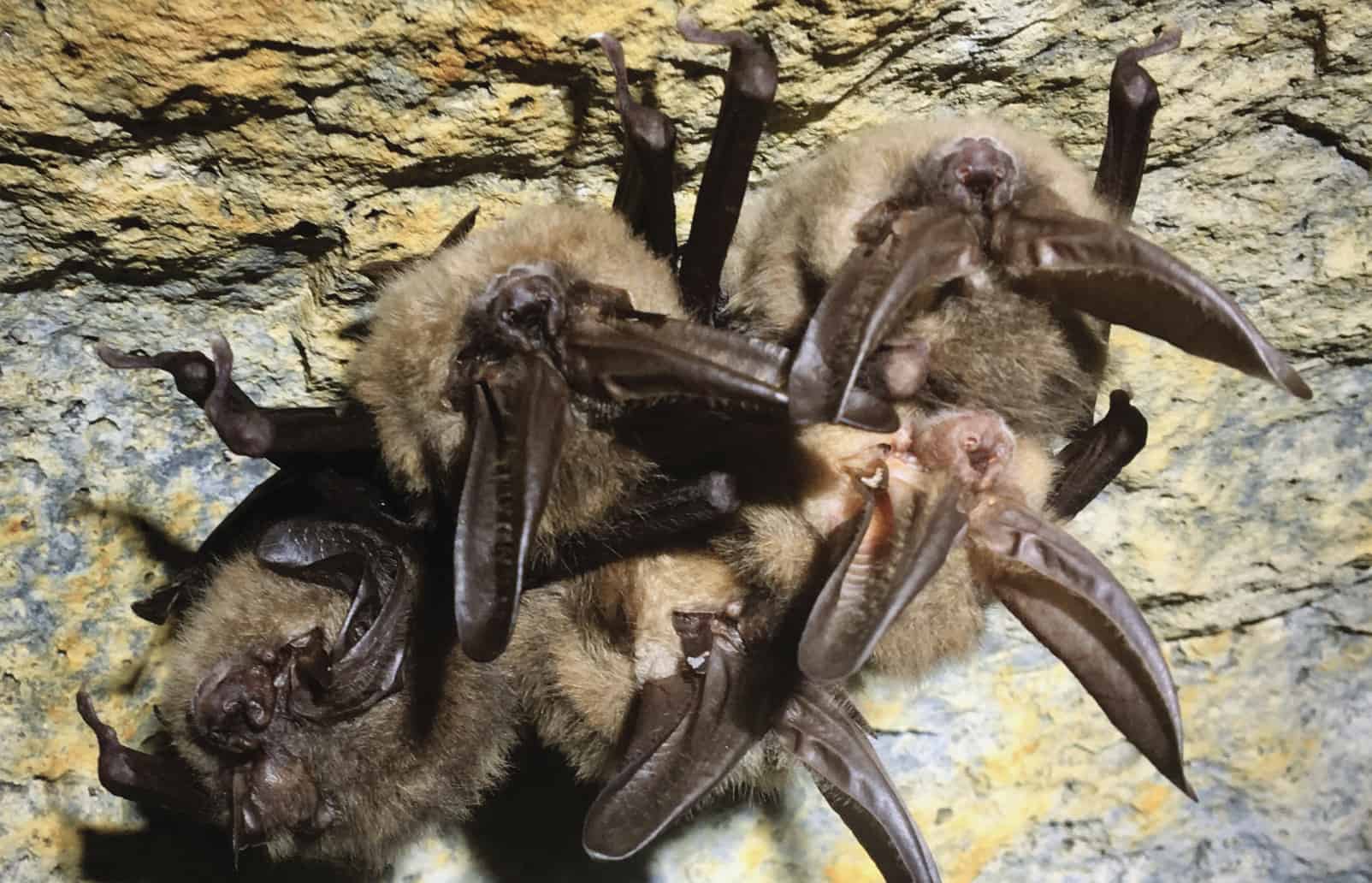Share this article
As the climate warms, Isle Royale moose shrink
As the climate warms and the number of moose (Alces alces) on Michigan’s Isle Royale grows, the animals themselves are shrinking, and their lives are becoming shorter.
In a study published in Global Change Biology, researchers found moose skulls on the island in Lake Superior decreased in size by 16 percent over the past 40 years, an indication that the animals themselves were becoming smaller.
“It was quite clear that over time, the moose were getting smaller,” said Sarah Hoy, a research assistant professor at Michigan Technological University and lead author of the study. Small-bodied moose tend to live shorter lives compared to larger moose, she said. “Moose are getting smaller and are also not living as long.”
Hoy said these shrinking moose are likely related to warming winters, low predation from disappearing wolves (Canis lupus) and more moose on the island. “When the moose population is large, there’s more competition for food,” she said. “High population density, warmer winters and predation appear to interact together to influence moose body size.”
Relying on data from what is the world’s longest study of predator-prey dynamics, Researchers looked at 662 adult moose skulls that had been collected by researchers and volunteers on the island from the past six decades, taking note of their measurements and determining the age at which they died by examining their teeth. Because they knew when the moose died and how old they were for each skull, the team was able to establish what environmental conditions (winter temperatures, and the number of moose and wolves on the island) were like while the moose was developing.
“It’s a fantastic resource to be able to get a long-time-period and look at the effects of climate change,” Hoy said.
As winter temperatures warmed, her team found, skull size shrank. Evidence suggested that moose experiencing a warm first winter tended to be smaller as adults and lived shorter lives, suggesting that their shrinking size was an adverse reaction to climate change — not a way of mitigating it.
The changes come as the moose population swells on the island. As wolves (Canis lupus) disappear from the island — only two remained at last year’s winter count and researchers were only able to capture images of one wolf on camera traps over the summer — the moose population has grown, tripling in the past decade to about 1,600 in the 2017 survey. Their growing numbers has meant more competition for food, which could also lead to malnutrition and smaller moose.=
Reintroducing wolves to the island might help control the moose population. The National Park Service plans to release its decision this winter regarding reintroduction of wolves to Isle Royale.
Header Image: An Isle Royale moose skull collected by researchers. The team measured the length, width and height of moose skulls to determine how they changed over time. ©Sarah Bird/Michigan Tech








